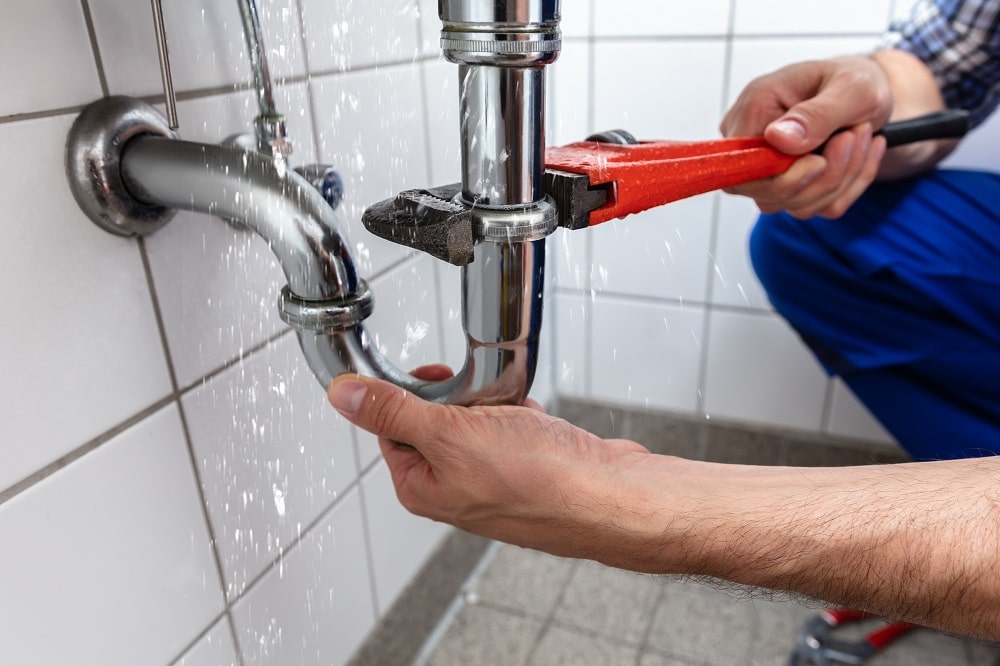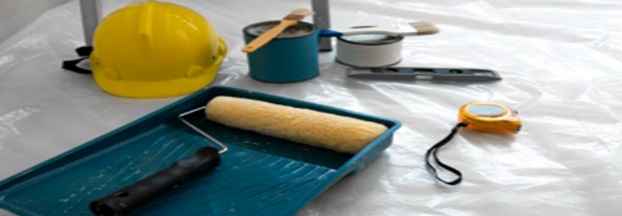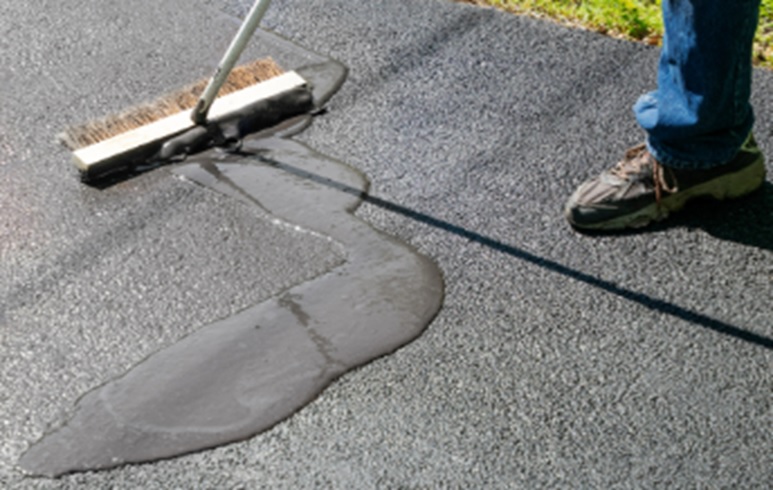Your home’s plumbing system is a vital network that ensures the smooth flow of water throughout your space. From the moment you turn on a faucet to the time you flush a toilet, an intricate system of pipes, fixtures, and valves works tirelessly to provide comfort and convenience. Understanding this system not only empowers you as a homeowner but also helps you maintain it effectively, preventing costly repairs down the line. Let’s explore the components of your plumbing system, how they work together, and essential maintenance tips to keep everything running smoothly.
When dealing with plumbing issues at home, hiring a residential plumber ensures quality service and lasting solutions. From fixing leaks to installing new fixtures, a residential plumber has the expertise to handle various household plumbing needs efficiently. Their professional approach helps maintain a reliable water system in your home.
The Basics of Your Plumbing System
At its core, your plumbing system consists of two primary subsystems: the supply system and the drainage system. Each plays a distinct role in delivering and removing water.
1. Supply System
The supply system is responsible for bringing fresh water into your home. It typically includes:
- Main Water Line: This is the primary pipe that carries water from the municipal supply or a well into your home. It is usually buried underground and enters your home at the foundation.
- Shut-off Valve: Located near the main water line, this valve allows you to cut off the water supply in case of emergencies or repairs. Knowing its location is crucial.
- Distribution Pipes: Once inside, water travels through a network of pipes to various fixtures, such as sinks, showers, and appliances. These pipes can be made from different materials, including copper, PVC, or PEX, each with its own advantages and disadvantages.
- Fixtures: These are the visible components you interact with daily, including faucets, toilets, and showerheads. They are designed to deliver water at the desired temperature and pressure.
2. Drainage System
The drainage system is responsible for removing wastewater from your home. Key components include:
- Drain Pipes: These pipes carry wastewater away from fixtures to the main sewer line or septic system. They are usually made of materials like PVC or cast iron.
- Traps: Located beneath sinks and other fixtures, traps hold a small amount of water to create a seal that prevents sewer gases from entering your home. They also help capture debris, which can be easily cleaned out.
- Vent Pipes: Venting is essential for maintaining proper air pressure in your drainage system. Vent pipes allow air to enter the system, preventing suction that could hinder drainage. They typically extend through the roof.
- Sewer Line: This is the final destination for wastewater. It carries all waste away from your home to the municipal sewer system or septic tank for treatment.
How the Plumbing System Works
Understanding how these components work together can help you appreciate the complexities of your plumbing system:
- Water Supply: When you turn on a faucet, the shut-off valve opens, allowing water to flow from the main supply line through the distribution pipes to the fixture. Water pressure pushes the water out through the faucet, allowing you to fill a glass, wash your hands, or take a shower.
- Waste Removal: After use, wastewater flows down the drain and into the trap. The trap prevents odors from escaping while allowing water to flow freely. Wastewater then travels through the drain pipes, into the sewer line, and ultimately to a treatment facility or septic tank.
Common Plumbing Issues
Being aware of common plumbing problems can help you catch issues early and maintain your system effectively:
- Leaks: Leaky faucets or pipes can waste significant amounts of water and even contribute to mold growth over time. Regular leak detection and inspections around fixtures and pipes can help you catch issues early, preventing damage and conserving water.
- Clogs: Over time, debris such as hair, soap scum, and food particles can build up in drains, leading to slow drainage or backups. Regularly cleaning drains can help prevent this issue. Running Toilets: A toilet that runs continuously can waste water and increase your utility bills. This often results from a faulty flapper or fill valve and can be easily fixed with basic plumbing tools.
- Low Water Pressure: This can be caused by mineral buildup in pipes, leaks, or issues with the municipal water supply. Regular maintenance and flushing your system can help alleviate this problem.
Maintenance Tips
Maintaining your plumbing system is crucial for its longevity and efficiency. Here are some essential tips:
- Regular Inspections: Periodically inspect your plumbing fixtures and pipes for signs of wear, leaks, or corrosion. Early detection can save you from costly repairs.
- Flush Your System: Flushing your drains with hot water and a mixture of baking soda and vinegar can help clear minor clogs and eliminate odors.
- Be Mindful of What Goes Down the Drain: Avoid flushing anything other than toilet paper and human waste. In the kitchen, be cautious about what you put down the garbage disposal and drains.
- Know Your Shut-off Valves: Familiarize yourself with the location of shut-off valves for your main water line and individual fixtures. This knowledge can be crucial in emergencies.
- Insulate Pipes: In colder climates, insulating exposed pipes can help prevent freezing and bursting during extreme temperatures.
Understanding Your Plumbing for Better Care
Understanding your home’s plumbing system empowers you to take control of your home maintenance. By familiarizing yourself with the components, how they function, and how to identify potential issues, you can ensure your plumbing remains efficient and reliable. Regular maintenance and informed practices can save you time, money, and stress, allowing you to enjoy the conveniences that a well-functioning plumbing system provides. With this knowledge, you’re better equipped to handle any plumbing challenges that may arise.






